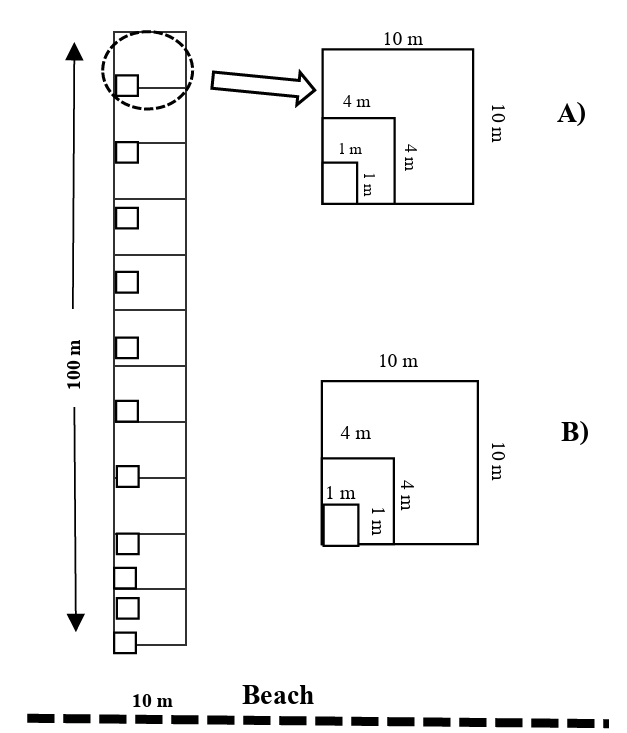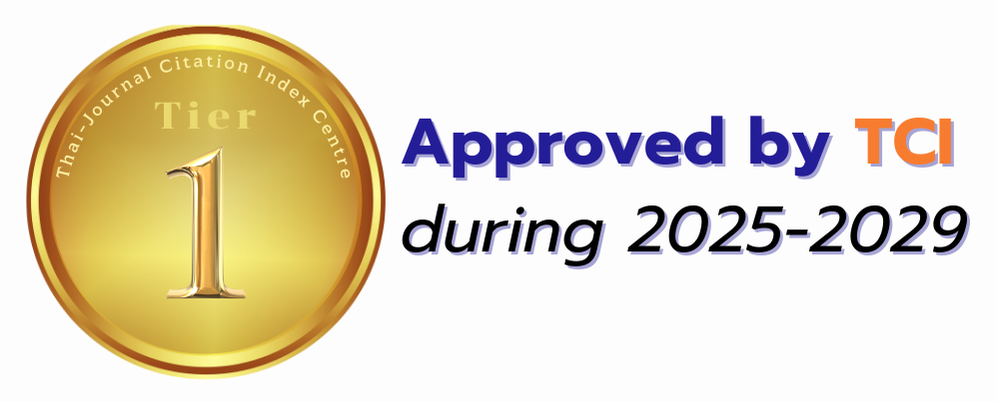Forest Structure and Species Composition in the Mayah Bay Beach forest in Hat Noppharat Thara Mu Ko Phi Phi National Park, Khabi Province
Abstract
Mayah beach forest at Hat Noppharat TharaMu Ko Phi Phi National Park, Krabi Province is very popular for tourists. It has been affected from tourist activities with high impacted on forest community changes, then, prohibited policy for tour was initiated from May, 2018. Thus, this study aimed to clarify forest structure and species composition, and tree regeneration after closing Mayah bay. The permanent transect plot, 10 ? 100 m, was set up in the natural forest (less disturbed) and eight temporary plots,10 ? 10 m, at nature trails. All of trees (diameter at breast height, DBH ? 4.5 cm) were identified, measured, and recorded position (x,y). In addition, saplings (DBH < 4.5 cm), and seedling (height < 1.30 m) were counted and identified. The study was done during July to October, 2018. The results showed the tree species diversity of 21 species, 21 genera, and 16 families was found. The basal area and stem density were 37.55 m2/ha and 1,261 stem/ha, respectively, while medium diversity based on Shannon-Winer index was found (H/=2.27). While, low species diversity (H/=1.75) was found (11 species), indicating low regeneration was detected. The similarity between less disturbed beach forest and often disturbed by tourists at nature trails showed highest similarity was found in tree stage (53.16 %) and followed by seedling and sapling stage (27.65 and 5.94 %, respectively). Indicating high impact from tourist activities on forest regeneration, however, closing Mayah bay had increased seedling regeneration at the nature trails. Then, these seedlings may grow up to the sapling stage in near future.
Downloads



.png)





